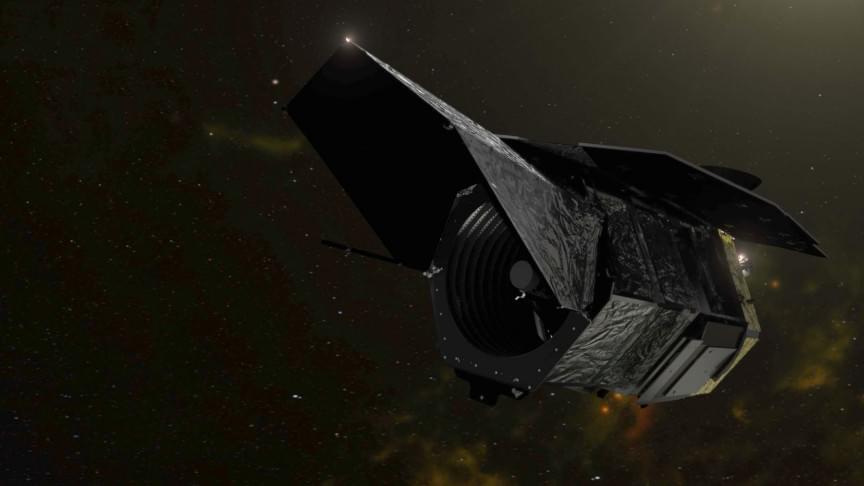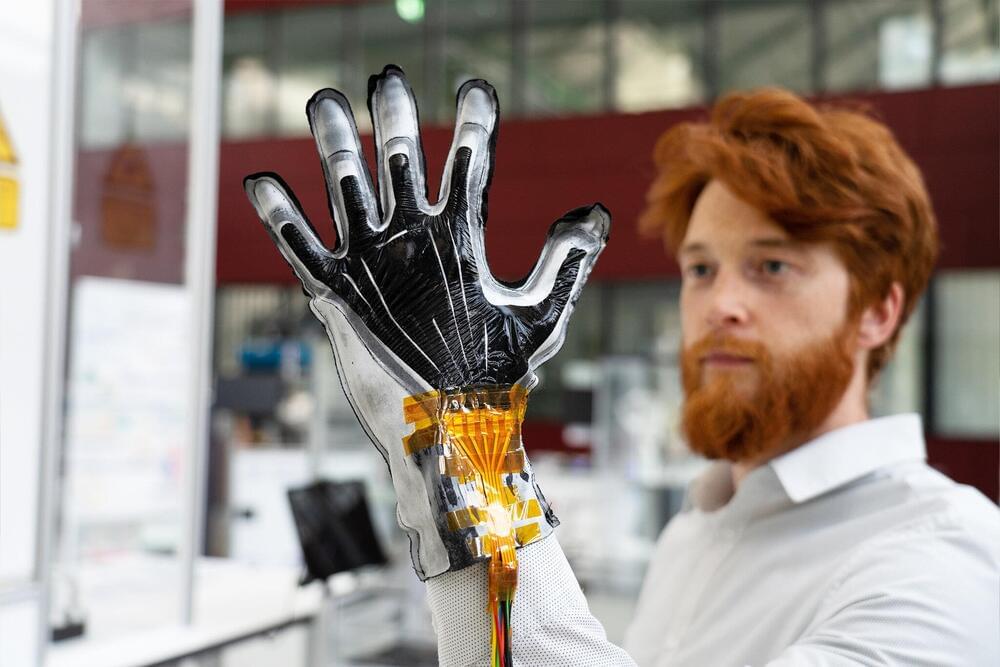
Category: entertainment – Page 49


Top 10 AI Development and Implementation Challenges
Serhii Pospielov is Lead Software Engineer at Exadel. Serhii has more than a decade of developer and engineering experience. Prior to joining Exadel he was a game developer at Mayplay Games. He holds a Master’s Degree in Computer Software Engineering from Donetsk National Technical University.
Get the latest industry news, expert insights and market research tailored to your interests!

Researchers use Overcooked to train AI to be a better gaming buddy
These new, more diverse approaches to training AI let it adapt to different play-styles, to make it a better team mate.
DeepMind researchers have been using the chaotic cooking game Overcooked (opens in new tab) to teach AI to better collaborate with humans. MIT researchers have followed suit, gifting their AI the ability to distinguish between a diverse range of play-styles. What’s amazing is that it’s actually working—the humans involved actually preferred playing with the AI.
Have you ever been dropped into a game with strangers only to find their play-style totally upends your own? There’s a reason we’re better at gaming with people we know—they get us. As a team, you make a point of complementing each other’s play-style so you can cover all bases, and win.

The Orville “Electric Sheep” Season 3! Spoiler Free Review!
We look at the first episode of Season 3 of The Orville! Plenty of non-revealing clips! Please Subscribe!

Study explores the concept of artificial consciousness in the context of the film ‘Being John Malkovich’
Recent technological advances, such as the development of increasingly sophisticated machine learning algorithms and robots, have sparked much debate about artificial intelligence (AI) and artificial consciousness. While many of the tools created to date have achieved remarkable results, there have been many discussions about what differentiates them from humans.
More specifically, computer scientists and neuroscientists have been pondering on the difference between intelligence and “consciousness,” wondering whether machines will ever be able to attain the latter. Amar Singh, Assistant Professor at Banaras Hindu University, recently published a paper in a special issue of Springer Link’s AI & Society that explores these concepts by drawing parallels with the fantasy film “Being John Malkovich.”
“Being John Malkovich” is a 1999 film directed by Spike Jonze and featuring John Cusack, Cameron Diaz, and other famous Hollywood stars. The film tells the story of a puppeteer who discovers a portal through which he can access the mind of the movie star John Malkovich, while also altering his being.

Smart films facilitate human-machine interaction
Imagine this: A smooth touchscreen display placed on top of a thin silicone polymer film suddenly generates the feeling of a tiny raised button under the user’s finger. Or how about the idea of wearing that same polymer film like a second skin? If used to line an industrial glove, the film can provide valuable feedback by gesture recognition and by sending tactile signals, such as pulses or vibrations, to the wearer. The research team led by Professor Stefan Seelecke of Saarland University will be at this year’s Hannover Messe, the industrial trade fair running from 30 May to 2 June, where the team will be demonstrating how smart tactile surfaces are now being used as novel human-machine interfaces.
Seelecke’s research team at Saarland University are using thin silicone films to give surfaces some very novel capabilities. The technology, which is able to create the sensation of a tactile “button” or “slider” on flat glass display screens, is literally bringing a new dimension to touchscreen interactions. The polymer film is able to change shape on demand to create the feeling of a raised button or a key on the surface of the display that the user can then use, for example, to navigate around a page or to enter data.
“Using this technology, we can make the user interfaces of smart phones, information screens or household devices more user friendly,” said Seelecke, who heads the Intelligent Material Systems Lab at Saarland University. If a user feels a pulse or vibration under their fingertips, they can then respond by tapping the screen. And because the user also experiences the slight resistance that we feel when we press a ‘real’ button or switch, they know that their response has been successful. For the blind and partially sighted, this sort of physical feedback is not a gimmick, but hugely valuable in their day to day lives.
Unreal Engine 5 goes all-in on dynamic global illumination with Lumen
Today we’re going to shine some light on Lumen, the fully dynamic global illumination and reflections system featured in Unreal Engine 5.
Our latest tech blog… See more.
Hi, we’re Daniel and Krzysztof, engineers working on Lumen is Unreal Engine 5’s fully dynamic global illumination and reflections system, which is enabled out of the box. It is designed for next-generation consoles and high-end visualizations beyond games like architectural visualization. Here, we’ll walk through Lumen’s features and give an overview of the technical details. For a complete reference, see the Lumen documentation.
When light leaves a light source, it illuminates all of the surfaces visible from that light source; this is known as direct lighting in computer graphics. In real life, it doesn’t stop there though, it bounces off the surface, picking up the color of the surface as it goes. Light that bounces off of a rough surface in all directions is called diffuse indirect lighting or global illumination. Light that bounces specularly off a smooth surface is called a reflection. Eventually the light reaches your eye, or a camera, and forms an image.
In the past, global illumination, for most games, had to be solved in an offline process called lightmap baking, because it was too computationally expensive to be calculated in real time. In Unreal Engine, lightmaps are baked through CPU Lightmass or GPU Lightmass. Static lighting from lightmaps can provide very high quality, but requires long build times, and greatly constrains the game environment. Any action which changes the indirect lighting in a significant way, like moving a wall-mounted television, will leave lighting in an incorrect state.


Cheap gel film pulls buckets of drinking water per day from thin air
Water scarcity is a major problem for much of the world’s population, but with the right equipment drinking water can be wrung out of thin air. Researchers at the University of Texas at Austin have now demonstrated a low-cost gel film that can pull many liters of water per day out of even very dry air.
The gel is made up of two main ingredients that are cheap and common – cellulose, which comes from the cell walls of plants, and konjac gum, a widely used food additive. Those two components work together to make a gel film that can absorb water from the air and then release it on demand, without requiring much energy.
First, the porous structure of the gum attracts water to condense out of the air around it. The cellulose meanwhile is designed to respond to a gentle heat by turning hydrophobic, releasing the captured water.